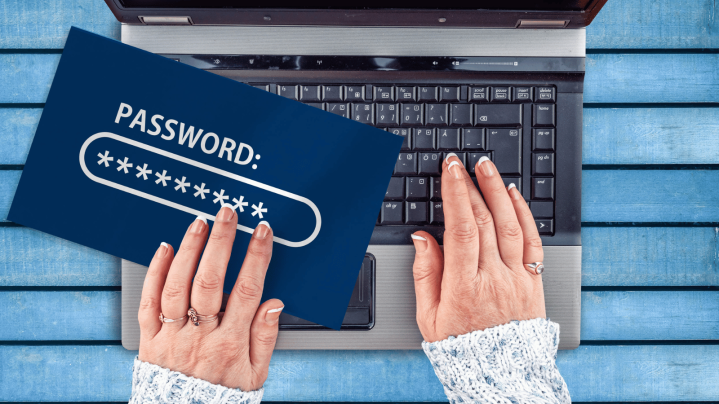


Which of the following is the most secure password?

We all use passwords on a daily basis to gain access to all kinds of systems and accounts, but how secure are your passwords?
In this blog, we will start out by examining the essential ingredients that make a password strong or weak. Next, we’ll analyze the 5 passwords listed above and provide you with an answer to our original question: which one is the most secure? Once that is cleared up, we will provide tips, ideas and examples on how to create a strong password, before reviewing how you can keep your password safe from prying eyes.
A strong password is one that can’t be guessed or cracked by cybercriminals. By using a common method known as a brute-force attack, hackers enlist the help of automated tools to try out different combinations of characters in order to find the correct password.
With advanced systems capable of cracking short passwords in seconds, it’s crucial to use long, unique passwords that consist of a mixture of different characters.
These are essential features you should incorporate into your password in order to make it secure:
A key aspect of creating a strong password is to ensure that it’s virtually impossible to guess. To make this possible, you should omit the following types of information:
To help you understand what a bad password looks like, here’s a list of the 10 most common passwords used worldwide according to Nordpass:
NordPass predicts that hackers would spend an average of under a second in successfully cracking the above passwords. Naturally, you want to avoid including any of these obvious key combinations in your passwords.
Feeling unsure how to get started or looking for some inspiration? Here’s 2 different methods you can use to create a secure password:
#1 Use a Password Generator
A password generator is a handy tool that saves you time by creating random passwords out of a combination of numbers, letters and special characters. As an example, this password generator by F-Secure allows you to tailor the password’s length and complexity to suit your needs.
A secure password created by a password generator may look something like this:
Xxj&18n3407fnODQLp@cK-4'[12S6sU_
#2 Create a Passphrase Instead of a Password
Passphrases are longer and more complex than passwords, which makes them harder for hackers to crack. There are various different ways you can create a passphrase, but here’s 2 methods you could try out:
Now you know a bit more about strong and weak passwords, it’s about time we return to our list of 5 passwords to reveal which of them is the most secure.
If you successfully evaluated which password was the strongest then you truly know your stuff. But don’t get ahead of yourself just yet — even experts could benefit from some of the password security tools that we discuss below.
If you want to gain an extra shot of confidence about your newly created password, you could check how strong it is with the use of software or an online tool. For example, the F-Secure password generator that we mentioned above provides an estimate of the password’s strength. Jetico’s software for encrypting hard drives, BestCrypt Volume Encryption, also utilizes a Zxcvbn password strength estimating algorithm that assists you when creating a new password to encrypt disk volumes. Of course, you can also use this feature to create passwords for other purposes.
An invaluable website for checking if your password has been involved in any data breaches is Have I Been Pwned. A free resource created by Troy Hunt, the website also gives you the option of receiving email notifications if your passwords are compromised in the future.
Now you’re an expert in creating strong passwords, you will want to keep them safe from cyberattackers. There are a few good ways of helping you achieve this, but the most obvious one is to use a password manager to store and manage all your passwords in a secure account. Password managers make it much easier to use as many unique passwords as you want, while they can also be used to create new passwords too.
An alternative (and cheaper) way of keeping your passwords safe is to store them in an encrypted document. Free tools like BCTextEncoder and BestCrypt Note allow you to encrypt text data in the form of private messages or notes on your mobile device.
Although strong passwords can keep you well protected against brute force attacks, you should always keep in mind the risk of data breaches. An essential line of defense against cracked or breached passwords is multi-factor authentication (MFA), which requires hackers to know a second type of credential in order to access a given account. Check our blog to learn more about MFA and the safest types of authentication methods.

Hannaleena Pojanluoma has been leading Jetico as CEO since May 2023, bringing with her more than 20 years of sales, marketing and technology experience. Previously working for a range of international companies in her native Finland, Pojanluoma has a broad understanding of diverse international markets.
Pojanluoma has been essential in driving sales growth since joining Jetico in October 2015. Her efforts have been concentrated on boosting sales and brand awareness in key European countries such as the United Kingdom, Germany and Italy.
As a member of Jetico's Board of Directors, she joins influential figures such as Tommi Rasila and Umeshchandra Gowda.
